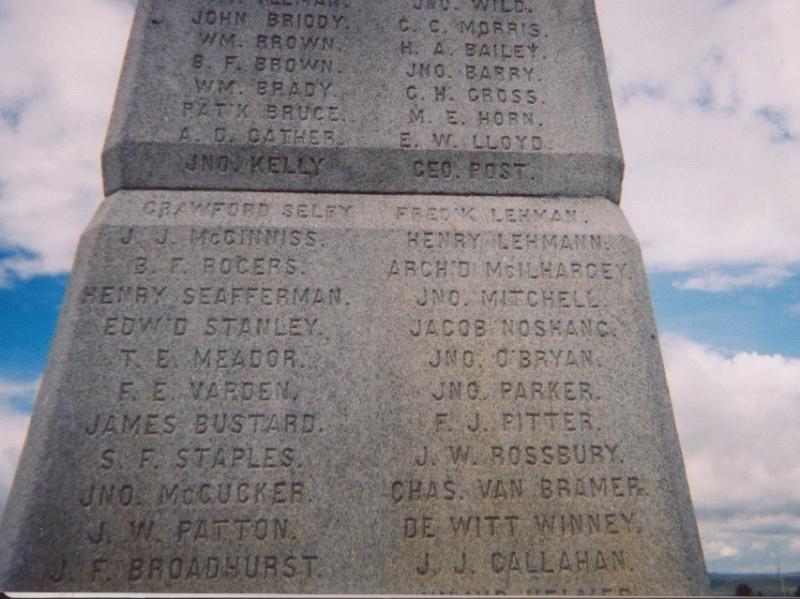Thoughts on Barefootin’ column
Dennis Forney’s Barefootin’ article, “Carbine used at Little Bighorn makes its way to Lewes,” was full of interesting tidbits about the battle, the weapons used and the men who fought and died there. Not mentioned and not widely known about those men was that one of them was not only a native Delawarean but a son of Sussex County reared in Georgetown. And what adds intrigue and mystery to this man is the convoluted path one must take to clearly identify him. We know that his last name was Cooper. His first name is either Eugene or William. But he is buried in the mass grave at Little Bighorn National Park (see photo) as George C. Morris, a corporal who fought and died at Custer’s Last Stand with Company “I” under the command of Captain Myles Keogh. What is known through sworn testimony of his mother, Hannah Cooper, was that George C. Morris was the alias of her son Eugene L. Cooper, born July 4, 1851 in Georgetown. This testimony, after long and meticulous research, was finally certified by the War Department in 1893 and Hannah Cooper, as Eugene’s widowed mother, began receiving $12 a month which continued until she died Dec. 14, 1914.
But there are facts, and then there are truths. And the truth is that Eugene (William) Cooper was identified in the 1860 federal census as the 9-year-old son of Hannah and Benjamin Cooper of Georgetown. How he came to assume the alias of George C. Morris is open to interpretation but it was far from unusual for 19th-century soldiers to enlist under aliases for a variety of reasons to include criminal backgrounds, marital issues or just a desire for a new identity. What we do know is that Cooper/Morris enlisted in 1872 in Philadelphia, served throughout the western territories, apparently with some distinction, attested to by the fact that after only four years he rose to the rank of corporal, and that he was one of 210 soldiers under the direct command of Lt. Colonel George Armstrong Custer to die in the heat-ravaged hills overlooking the Little Big Horn River the afternoon of Sunday, June 25, 1876.
Forney’s detailed description of the standard Army-issue, single shot .45-70 carbine (the 1873 Model Springfield was standard issue for 7th Cavalry enlisted men at the time) shows the distinct disadvantage they faced against the Winchester repeating rifles sold to their attackers by post sutlers throughout the west. The inadequacy of the single-shot Springfield is highlighted by Richard Fox in Archaeology, “History and Custer’s Last Battle” as a weapon that “required deliberate and repeated loading ... with limited effectiveness in close-in fighting. Therefore, it is likely that many cavalrymen, when closely confronted, abandoned or quit using the weapon.” And, thus, the massacre ensued. One correction to note to Forney’s excellent article is that Custer’s wife, Elizabeth, was known not as “Winnie” but “Libbie.” She continued defending her husband’s reputation until her last breath. She died in 1933 at the age of 92 in her home in New York City. As opposed to the $12 a month Hannah Cooper received, Libbie was awarded a more generous $14 a month widow’s pension.
























































